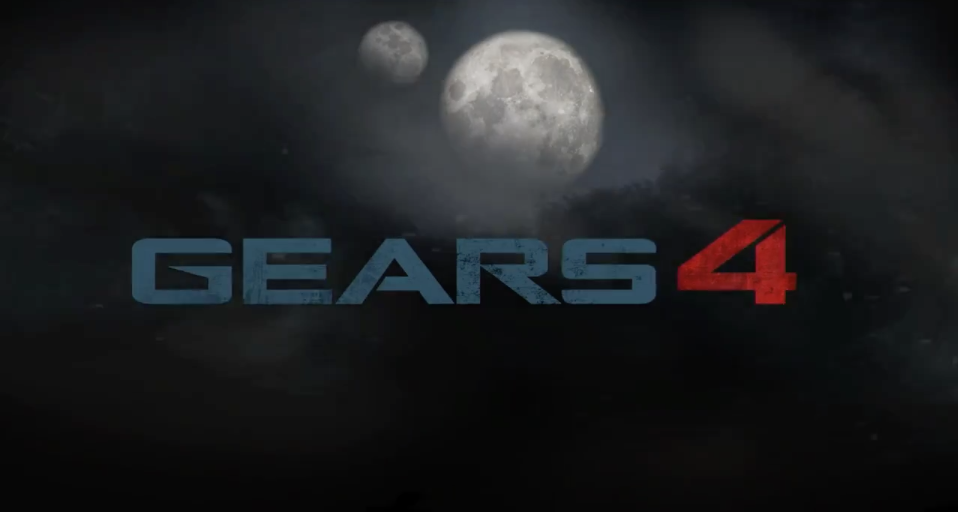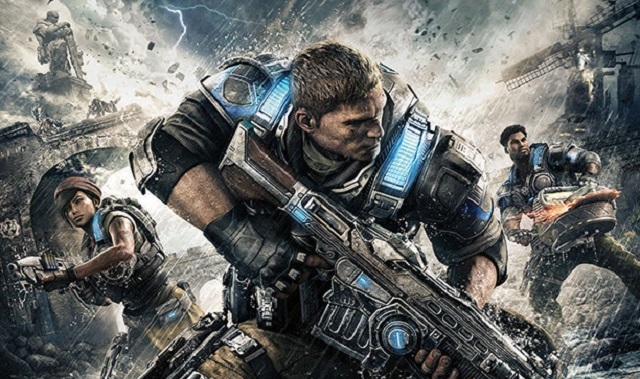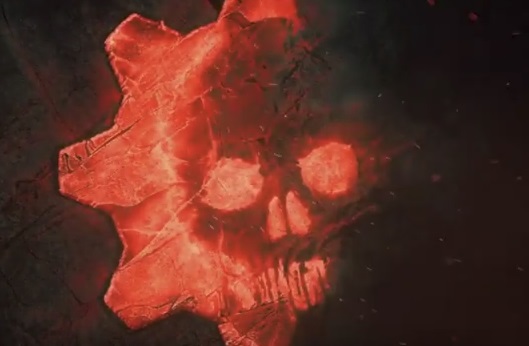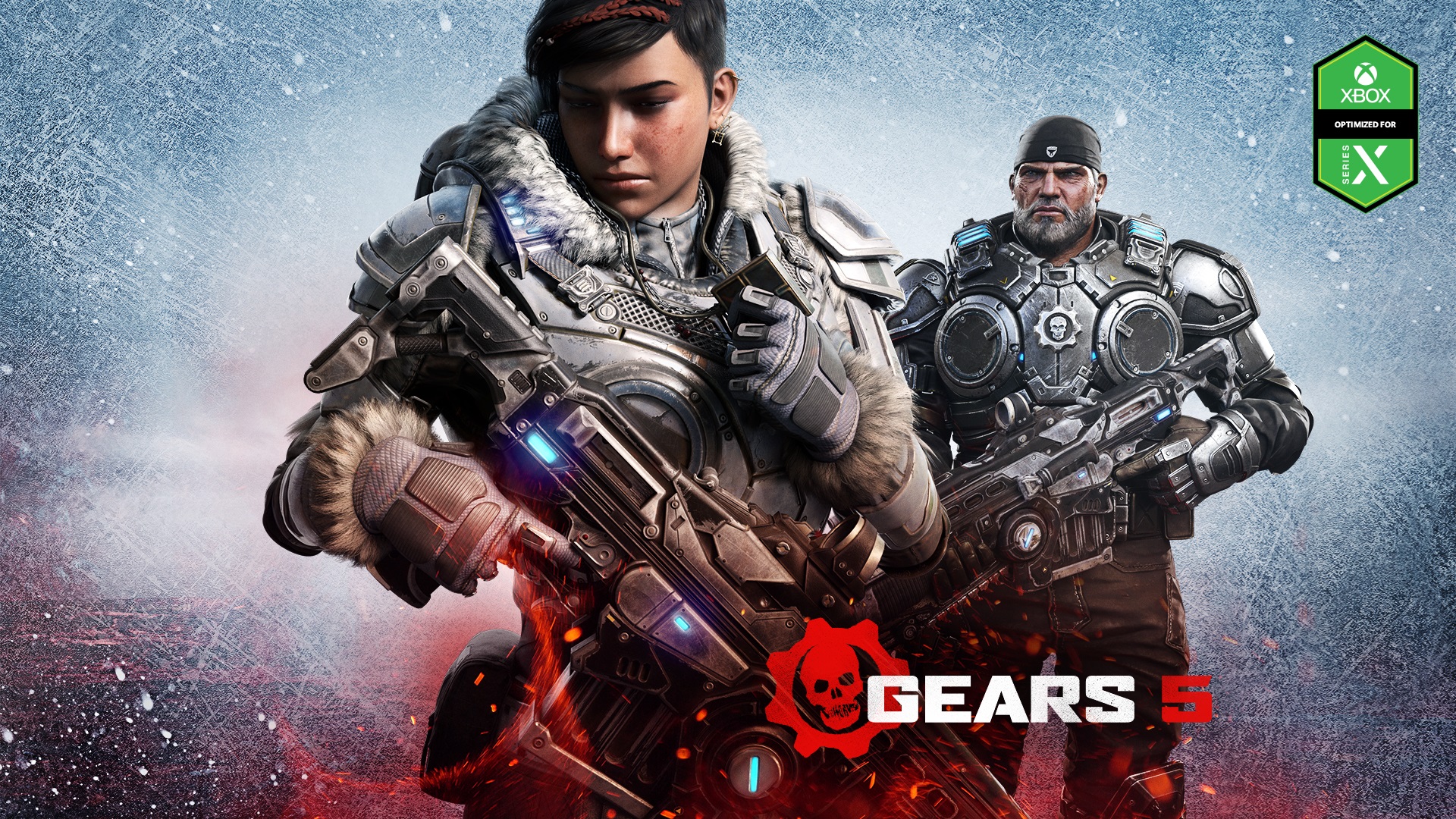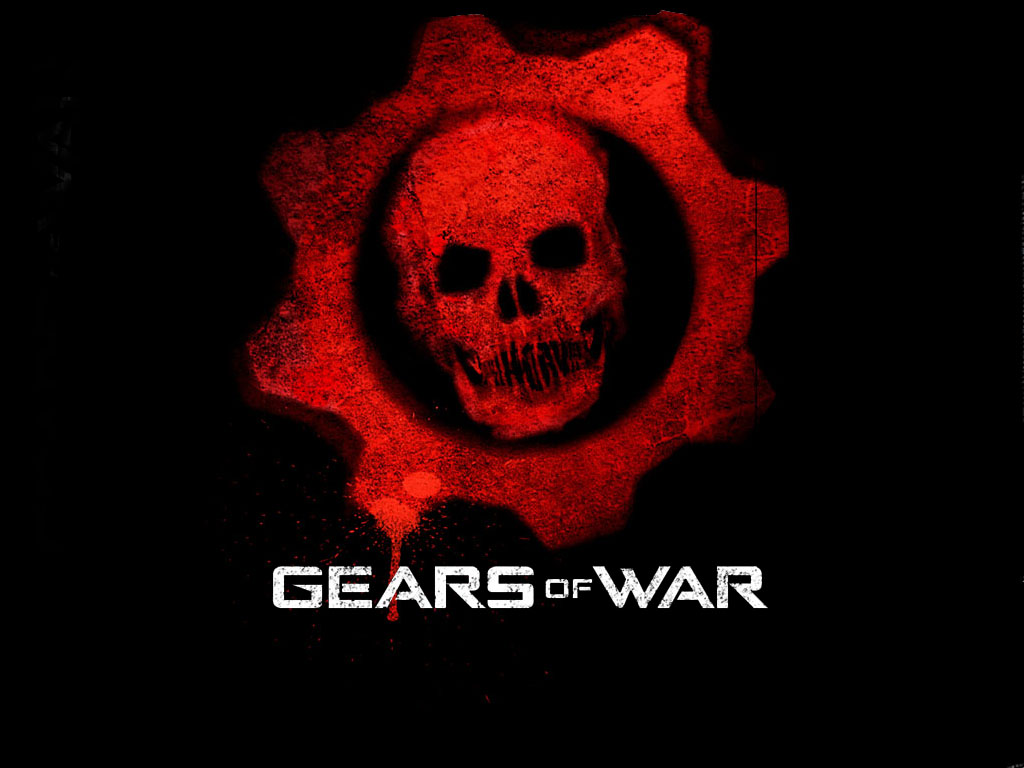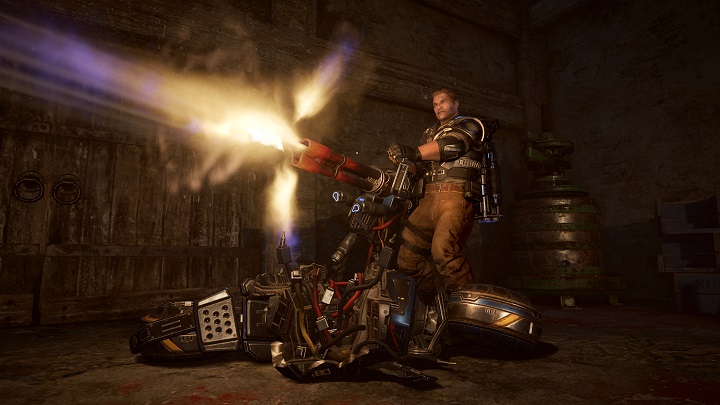
With the release of Gears of War 4 finally here we were able to pry Creative Director Chuck Osieja away from his busy schedule to discuss the game, it’s new multiplayer modes, gameplay additions and that crazy wind system that everyone is talking about.
Andrew: Based on the footage we’ve seen of Gears of War 4 so far it seems to be sort of a back to basics approach, going back to what Gears of War was originally and what made it successful. Do you believe that it was important to go back to basics to introduce new characters and a new threat, as well as potentially bringing in a new audience?
Chuck: Yeah, for sure. We really talked about the tension that was created in Gears of War 1, because Gears of War 1 was really about Delta Squad and about the four guys trying to set off the lightmass bomb and it really didn’t revolve around a much larger group of characters, which was important. So, for us with Gears 4, starting off with a new group of characters and for the first time really letting a player play through a new Emergence Day, it was really important to create a tone and tension that was consistent with discovering an enemy for the very first time.
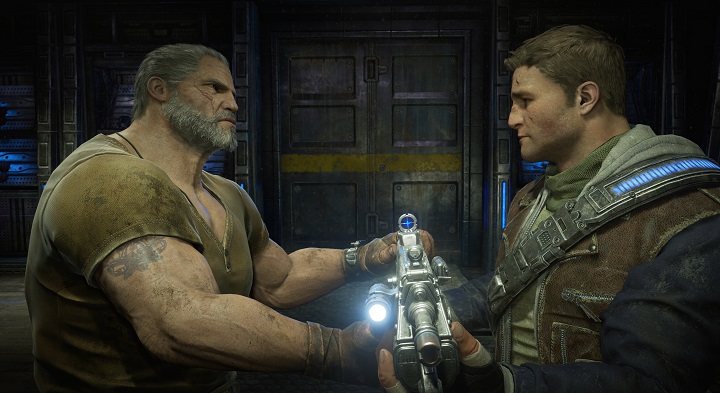
Andrew: Personally speaking, the Gears game I played the most of what the first and that tension really hooked me in a way that the later games didn’t. With that said, was there ever a plan to treat Gears of War 4 as a complete reboot and ignore the past games and events entirely or was it always the plan to be based around the Old bringing in the New?
Chuck: That’s a great question, because we had talked about that. When we took over the franchise we looked at a bunch of different directions we could go with it. We talked quite a bit about it and we actually likened it to Tim Burton’s Batman vs Christopher Nolan’s Batman. They both effectively tell the same story, the Batman origin story, but they both tell it in very different ways. We talked about if it was best for us to go back and tell the same Gears story again, but with a different tone and some tweaks to the formula and at the end of the day we just sort of said, “Look, you know, Gears turns 10 this November 6. Not enough time has passed and it doesn’t feel like it would be fresh enough to do a reboot.”
So we ultimately settled on going 25 years in the future, which allowed a couple of different things: One thing was the introduction of new characters, I think in the Gears universe we always had a set of diverse characters, and we were able to age Marcus so you’ve got a warrior who has known war his entire life and now he’s had 25 years of peace, so how does he deal with a new threat? We got to turn the story of the original Gears on its heads, which focused on Marcus Fenix trying to save his father Adam and ultimately failing, and now Marcus is the father figure and he’s trying to save his son JD and how does he deal with that? So you get the story of JD, who is the son of the greatest war hero in history, how does he live inside of his father’s shadow, and how does he create his own legacy and become his own man? You’ve got Marcus who doesn’t want his son involved in this new threat, but obviously can’t stop him, and then you have Del and Kait who are the two best friends of JD and they have their own story lines as well. So we discussed all of that and we feel that this story is the best way to create new characters that people can fall in love with, as well as connecting to the past and some of the legacy aspects of Gears.
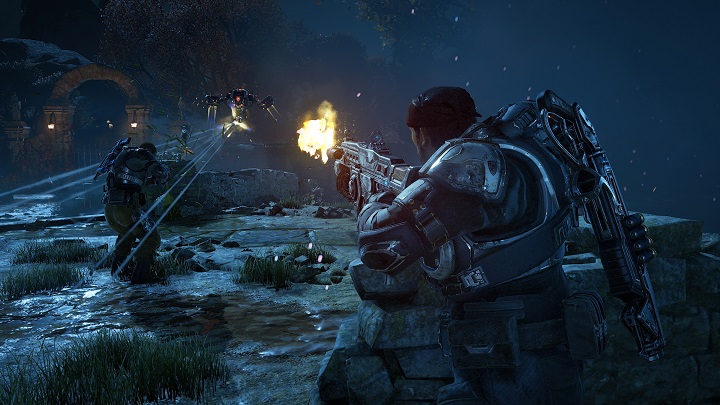
Andrew: Having played the multiplayer beta, my opinion is that the game feels very much like a Gears game, there’s some additions like yanking enemies over cover to execute them, which feels incredibly satisfying, but it ultimately feels very reminiscent of previous Gears entries. Was there ever the intention to change the gameplay up a bit more, like Halo 5 did, or is that something more likely to happen with future installments?
Chuck: Yeah, I think the thing we had to deal with, and certainly 343 had to do this as well when they took over Halo from Bungie, as The Coalition studio we brought Rod Ferguson over to the studio, but we had a lot of people who had no experience working on a Gears game. So, you don’t really have license to do whatever you want to do because you have such a passionate fanbase who cares so much about the product. So we thought about it and said it would irresponsible for us to try and just turn the franchise 180 degrees and do something completely different without ever proving that we understood what made Gears, Gears. So, the mantra in the studio became, do it right before you do it different. So, when you say you picked it up and it felt likes Gears, that’s the highest compliment anyone can give us because that’s exactly what we were going for. I love the fact that you’ve actually played, because when you play and you notice things like the ‘yank and shank’, those are the areas where we looked and said, ‘Where can we improve on Gears while maintaining the foundation of what Gears is?’ Like with the vault, we wanted to add a flow through the environment that was different to what existed in Gears in the past. So, without drastically changing the game and just adding vaults in there and allowing you to move fluidly through an encounter environment, it really changes the campaign and completely changes the way multiplayer feels. Because, in the past, you would have to go and stop into cover, mantle over the top, go to the next piece of cover, stop and then mantle over the top and it was really start and stop gameplay. By adding something as simple as the vault, we added a fluidity to the movement that completely changes the way the multiplayer feels. So, yeah, very deliberate but also it feels great when people say it feels like Gears and for us it was just about making enough changes so that it felt like we were moving the ball down the field.
Andrew: I guess the other way you can bring changes in is through the addition of new multiplayer, modes like Dodgeball mode from the beta, where a couple of kills can completely swing the momentum of a game.
Chuck: The thing with that, when you have something like Team Deathmatch and you have limited lives for a team, the lives don’t matter as much. In Dodgeball, every kill matters and if you’re not the best player and the best players in your team are waiting in the queue to get back in, now it really matters because you can affect the game by making just one kill. So, that was exactly what we were going for.
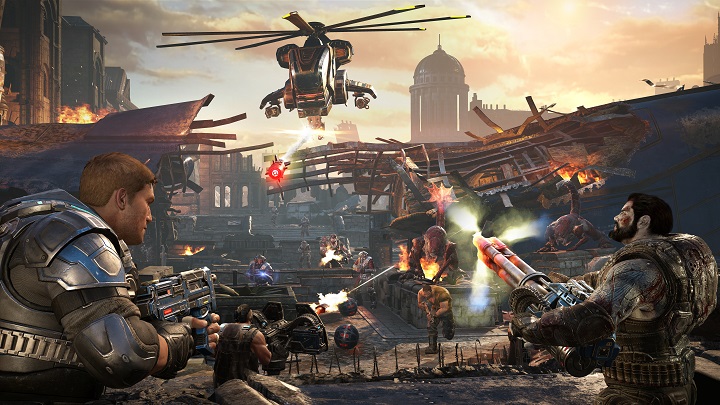
Andrew: What other types of multiplayer modes can players expect on release?
Chuck: Well, the multiplayer has a few things going for it, like how all the maps are now symmetrical. They weren’t in the past, but this really helps balance the nature of the spawn point. The idea is that if you come out of the right hand spawn, and most people are right handed, so you get into cover and it gives you an advantage of players coming from the left hand spawn. So, by making the maps symmetrical you can adjust the cover and balance the game that way. So we really tried to balance the gameplay, and there’s obviously additional modes we’ve announced, like Arms Race. If you liked Dodgeball, Arms Race is complete silly, but the idea is that you’re basically playing a Team Deathmatch game where every three kills with a weapon you move to the next weapon on the list. So, you start with the most powerful weapon in the game and once the team gets three kills it switches to the next weapon and continues down. You start off with the Boomshot and you work your way all the way down to the Boltok. So it’s pretty frenetic and the pace of the game changes a lot, but for casual, social play it’s a lot of fun.
We also added in a ranking system, which was really important for us because if you know Gears of War gameplay, a lot of people play through the campaign and then they go to the multiplayer and get shotgunned in the face a whole lot and leave because they can’t compete with these guys that are wall bouncing all over the place. So we added a ranking system where, if you play versus mode, you play five qualifying matches so we get a read on your skill level and then we place you in one of five different categories. The cool thing about that is that you’re playing against people of a similar skill level and we know this works because we proved it within the studio. Because I’m the Creative Director, I wind up playing against the QA guys and I’m not really great so I always end up at the bottom of the leader board and it’s not as much fun because these guys are insanely talented. So then we would do studio playtests where we actually rated people and you put them in these class levels and those games were so much more fun because I was competitive.
Andrew: Obviously with Gears there’s a large number of weapons, some of them standard and some of them not so standard. So far the Buzzkill has been shown, which I love the look of, how do you come up with the ideas for your guns?
Chuck: Well, first of all there’s 10 new guns in the game, which is more than we’ve ever put in a Gears game, so that’s going to be exciting for people. The process is a couple of different things: we basically take all the weapons in the games and we map them along a continuum. Every gun has a role, whether it’s long range support or area of effect, whatever it is, every gun has a specific role. So we don’t practice in what I call gun art, which is where you have chassis for a gun and you put 50 different attachments on it, so your guns end up becoming oatmeal. We think about our guns as filling very specific roles in the game, so we look to see what roles are missing as we look at the continuum. An example is that we lost 2 weapons at the end of Gears 3 because they were actually living creatures from the Locust universe. So we lost the Digger and the Ink grenade, and in order to replace those we had to find stuff that would work. Instead of the Digger, which digs under the ground, we have the Dropshot which shoots remote mining drillbits across the field and when you release the trigger the drill bits dig into the ground and explode, so it’s a way to nullify cover. So, we think of our weapons as characters, so for us each weapon has to be distinctive in its silhouette, what it does and how it works close up in an execution, because all of our weapons have unique executions. We go through quite a bit of iteration around the new weapons and they each need to fill a specific role and fit within the fiction where they come from and then they need to be satisfying to use.
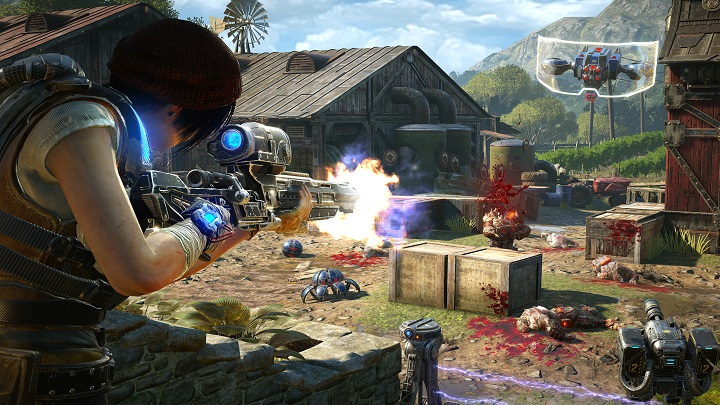
Andrew: Final question I’ve got: One of the big additions in Gears 4 is the dynamic weather and how that affects the landscape and the battlefields. What was it look working on and implementing that?
Chuck: Well, it wasn’t hard for me because I just come up with the ideas, but the tech team had a hell of a time with it. What’s really cool about the wind flare system in the game is that it really is a system and it’s not a scripted event. In most games when you get to a big set piece moment, it tends to be scripted, so a designer goes, ‘When you get to Point A this is gonna happens and when you get to Point B this is gonna happen.’ The wind flares are actually a system that can happen in the game at any time. We definitely have moments where we want it to happen, but the truth is that it’s always active and it can kick in at any time. The impact that it has is that it’s almost like a mini-hurricane and it ramps up in intensity. At the low levels it will impact your movement ability and that of the enemies, At the next level it will affect projectiles, so as you throw a grenade it gets caught by the wind and thrown around. Then the next level is when cover gets impacted by the wind, so if the cover begins to shake that’s an indication to the player that the cover is about to go away and it will fly right out from underneath you. On top of that, you can have the wind create new cover, so you can have something fly in from off screen that wasn’t there previously. So what I think is really awesome is that you can go into an encounter and come out of it with a complete different cover layout between what you have done to the cover and what the weather has done to the cover. Then at the top end, we have what we call the Storm Wall where lighting will strike the ground and move along the ground in a pattern in the environment which the player then has to dodge. Gears is all about being over the top, like how we don’t have bayonets on our guns, we have chainsaws on our guns. We don’t have hail; we have razor hail. We don’t have a hurricane; we have a Wind Flare. Everything needs to be cranked to 11, where it’s absurd, but it’s still fun. What Gears is really about is ramping things up to a point where you laugh because they’re so much fun to be a part of.
Andrew: Thank you so much for your time today Chuck, and I hope you enjoy the rest of your trip in Australia.
Gears of War 4 releases today, October 11th, for PC and Xbox One. If you’re interested, but not yet 100% on purchasing the game check out my review.

